
WEBThe ovens are also computermonitored so operators can remotely assess each oven to finetune the coking process. Coke Quality. Our innovative technology produces highquality coke in the larger sizes preferred by blast furnace steel customers. Our coke also has consistently high values for coke cold strength and coke strength after reaction ...
WhatsApp: +86 18203695377
WEBJun 30, 2023 · The cold briquetting process. The cold briquetting is a way in which all the materials required in the production of the metallurgical industry are uniformly mixed, then subjected to a roller ...
WhatsApp: +86 18203695377
WEBJan 5, 2024 · Coking coal (or metallurgical coal) is a bituminous coal with a suitable quality that allows the production of metallurgical coke, or simply named coke. Coking coal has a higher carbon content than steam coal, as well as a lower level of sulphur, phosphorous and alkalis (World Coal Institute 2009). Coke is the main product of the .
WhatsApp: +86 18203695377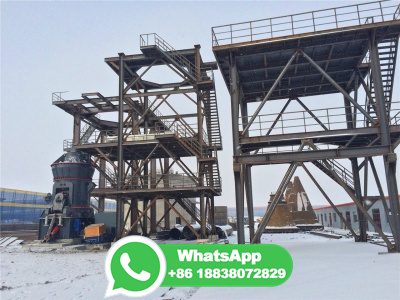
WEBThe company aimed to supply its customer highquality metallurgical coal at least 50,000 tons per month used in the process of making coke necessary for the steel industry. In October 2018, MC Mining Ltd. has agreed with Huadong Coal Trading Center Co, Ltd, for producing hard coking coal (HCC) by the Makhardo hard coking and thermal project ...
WhatsApp: +86 18203695377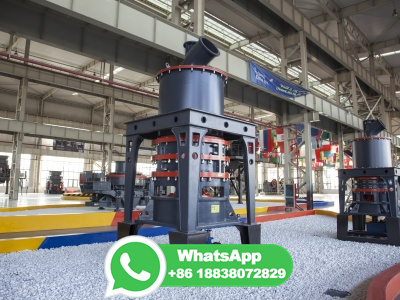
WEBDOI: / Corpus ID: ; Physical and chemical properties of metallurgical coke and its evolution in the blast furnace ironmaking process article{Niu2024PhysicalAC, title={Physical and chemical properties of metallurgical coke and its evolution in the blast furnace ironmaking process}, author={Wenquan Niu and .
WhatsApp: +86 18203695377
WEBJul 1, 2020 · A knowledge about the coke properties in advance not only helps the metallurgists to select the proper quality of coke for the process, but also to foresee its behavior under continuously changing physical and chemical conditions of the blast furnace under real industrial conditions. ... Coal for metallurgical coke production: predictions of ...
WhatsApp: +86 18203695377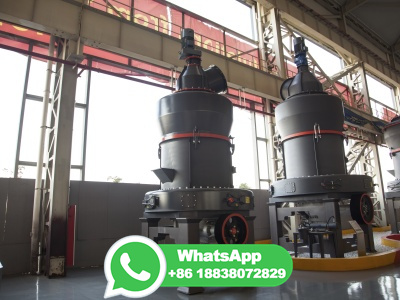
WEBWhat are the requisites of good coke used for metallurgical purpose? What is the difference between low temperature and high temperature carbonisation of coal? Why is coke preferred to coal in metallurgical...
WhatsApp: +86 18203695377
WEBPRODUCTS. Metallurgical Coke/Coke Breeze. A carbon material manufactured by the "destructive distillation" of various blends of bituminous coal, usually low in sulfur, having a high compressive strength at elevated temperatures; used in metallurgical furnaces not only as fuel but, also, to support the weight of the charge. USES: Anthracite Coal.
WhatsApp: +86 18203695377
WEBFeb 26, 2015 · The hydrogen to carbon (H/C) ratio of coal gasified gas in the range –, far less than the desired value for the coal to methanol process. Therefore, a water gas shift unit is needed to raise the H/C ratio, which results in a great deal of CO2 emission and carbon resource waste. At the same time, there is 7 × 1010 m3 cokeoven gas (COG) .
WhatsApp: +86 18203695377
WEBThe coking coal is crushed and washed. It is then ‘purified or ‘carbonised in a series of coke ovens, known as batteries, where the coking coal is heated to ºC in the absence of oxygen for 1236 hours. During this process, byproducts are removed, and coke is produced. Iron
WhatsApp: +86 18203695377
WEBAug 11, 2022 · The coalifiion rank of the coal blend components and their caking properties initially impact the coke's quality. In part, the quality of coke depends on the technological parameters of the coke production technology, such as the method of blend preparation, the coking condition, the design features of the coke ovens, and the .
WhatsApp: +86 18203695377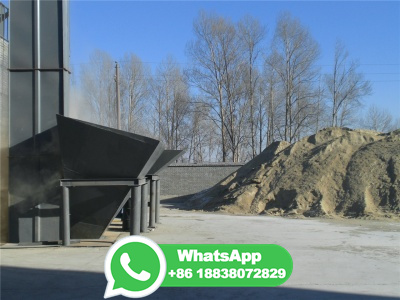
WEBSep 30, 2020 · What are the differences between metallurgical coke and semicoke? 1. The raw materials. Generally, the raw materials of coke products are mainly coking coals with strong binding properties, such as coking coal and fat coal; generally, semicoke is produced from a single coal, and no coal blending is required in the production .
WhatsApp: +86 18203695377
WEBAug 1, 2015 · The procedure of the reduction t est is shown in. Fig. 1. Firstly, 30 kg siderite lump ore was put into a. rotary kiln of d1000 mm×500 mm for reduction, and the. amount of coal required for ...
WhatsApp: +86 18203695377
Coal is used in iron and steel industry. Coking coal is an essential input for production of iron and steel. The largest single use of coal in the steel industry is as a fuel for the blast furnace and for the production of metallurgical coke for reduction of iron ore or for injection with the hot blast.
WhatsApp: +86 18203695377
WEBDec 27, 2021 · Abstract. The structure of coke affects its reactivity and strength, which directly influences its performance in the blast furnace. This review divides coke structures into chemical structure, physical structure, and optical texture according to their relevant characteristics. The focuses of this review are the current characterization methods ...
WhatsApp: +86 18203695377
WEBJan 1, 1989 · This Chapter is principally concerned with the major topics associated with the conversion of coal to coke. Only a limited range of coal rank the bituminous coals, produce acceptable metallurgical history of coke making is briefly reviewed followed by description of a coke battery and the byproducts of coking.
WhatsApp: +86 18203695377
WEBMay 1, 2021 · The end of an era: how the global steel industry is cutting out coal. As backlash erupted last year in response to the Alberta government's plans to open up large swaths of the Rocky Mountain region to metallurgical coal mines, alternative plans were already afoot in the global steelmaking industry. Companies have introduced .
WhatsApp: +86 18203695377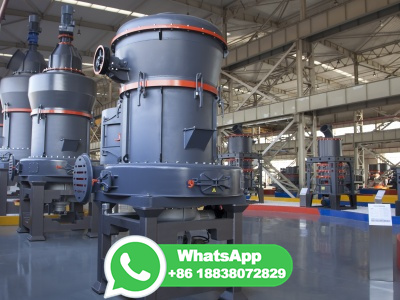
WEBNov 1, 2019 · A Colombian metallurgical coke was modified in its surface chemistry and was used as support of iron sulfide alysts for direct coal modifiion was made by treatments with diluted oxygen and HNO 3 at different conditions. Changes in surface chemistry were studied by determining the point of zero charge (PZC), the .
WhatsApp: +86 18203695377
WEBThree of the coals produced coke with equivalent coke reactivity index values of 20–30, which are in the acceptable range for blast furnaces. The study demonstrated that via this process, noncoking coals could potentially be used to produce high quality cokes, potentially expanding the raw material options for metallurgical coke production.
WhatsApp: +86 18203695377
WEBJun 10, 2013 · Metallurgical coal or coking coal is used in the process of creating coke necessary for iron and steelmaking. Coke is a porous, hard black rock of concentrated carbon that is created by heating ...
WhatsApp: +86 18203695377
WEBSep 7, 2018 · The accurate prediction of coke quality is important for the selection and valuation of metallurgical coals. Whilst many prediction models exist, they tend to perform poorly for coals beyond which the model was developed. Further, these models general fail to directly account for physical interactions occurring between the blend components, .
WhatsApp: +86 18203695377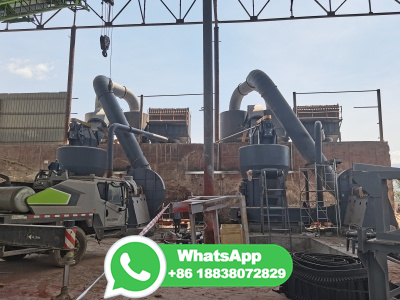
WEBMay 1, 2011 · Since molasses and coal tar pitch, are relatively cheap and readily available materials, the process investigated could be economical way of producing high quality formed coke. Scheme of formed ...
WhatsApp: +86 18203695377
WEBThe metallurgical properties and the microstructure of coke after gasifiion reaction with pure H2O and pure CO2 were investigated in this study. Moreover, the firstprinciples calculation was conducted to study the reaction process of the carbon with pure H2O and pure CO2. The results show that the CRI (coke reaction index) increases sharply and .
WhatsApp: +86 18203695377
WEBThe metallurgical cokes were produced in a laboratory oven from blends of petroleum coke−bituminous coal and, then, characterized in terms of abrasion strength and reactivity to CO 2. There is a clear relation between the chemical activity of petroleum coke in cocarbonization systems with coal and improvements in metallurgical coke quality.
WhatsApp: +86 18203695377
WEBWe would like to show you a description here but the site won't allow us.
WhatsApp: +86 18203695377
WEBAug 1, 2023 · (Top) Annual metallurgical coal exports, and (Bottom) Annual metallurgical coal imports [18]. Despite the ecological concerns and economic challenges facing the modernday steel industry resulting from the utilization of coke in the ironmaking process, the BF remains the most efficient and inexpensive way to reduce iron ore on a .
WhatsApp: +86 18203695377
WEBJul 1, 2016 · The briquettes could be carbonized under air or reducing atmosphere and even the hot waste gas of the blast furnace could be used to complete the carbonization process. The strength of the metallurgical briquettes is about 50 MPa, twice that of metallurgical coke and the process is more efficient and more economical [8], [9]. The .
WhatsApp: +86 18203695377
WEBSep 16, 2019 · Metallurgical Coke (Metcoke) is a source of carbon for solar silicon smelting. It is a porous, carbonrich solid fuel made by "coking" coal in large "slot ovens" to drive out most of the ...
WhatsApp: +86 18203695377
WEBNov 26, 2018 · The principle of binder free coal briquetting is to briquette coal with a suitable size. Under the extremely high pressure of the briquetting machine, all air is squeezed out, the coal particles are fully integrated then. The cohesive properties of the particles are firmly bonded to the coal powder, which makes the coal briquettes.
WhatsApp: +86 18203695377
WEBCoking coal, or metallurgical coal, has been produced in the United States for nearly 200 years. Coking coal is primarily used in the production of coke for use in the steel industry, and for other uses (for example, foundries, blacksmithing, heating buildings, and brewing). Currently, coking coal is produced in Alabama, Arkansas, Pennsylvania, ia, .
WhatsApp: +86 18203695377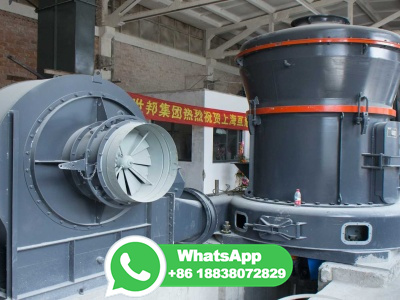
WEBJul 10, 2019 · What is coke used to make steel? Metallurgical coal Metallurgical coal, also known as coking coal, is used to produce coke, the primary source of carbon used in steelmaking. ... to turn the pig iron to coke; a source of energy to drive the process by breaking apart molecular bonds; and a source of carbon for the final product (steel is an .
WhatsApp: +86 18203695377
WEBDec 20, 2023 · The key difference between coal and coke is that Coal is a naturally occurring fossil fuel. Coke, on the other hand, is derived from heating coal. In other words, Coal originates naturally from the fossilization of organic matter over millions of years. In contrast, Coke is derived from coal through a process called coking, involving high ...
WhatsApp: +86 18203695377
WEBMay 1, 2002 · Metallurgical coke is a macroporous carbon material of high strength produced by carbonization of coals of specific rank or of coal blends at temperatures up to 1400 K. About 90% of the coke produced from blends of coking coals is used to maintain the process of iron production in the blast furnace where it has three major roles: 1.
WhatsApp: +86 18203695377
WEBJul 2, 2021 · Coke sizes <10 mm are used in sinter making process. Produced coke of <25 mm size are not being fully utilized and the stock of this coke continually increases creating issues related to dumping. Scarcity of metallurgical coal and availability at very high price is challenge to coke oven operators, as also the issue of reduction of the cost of ...
WhatsApp: +86 18203695377